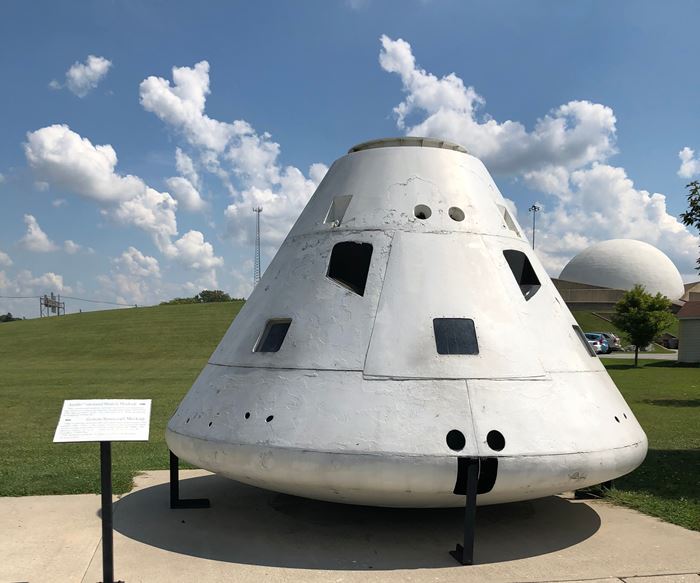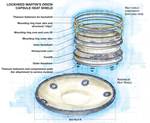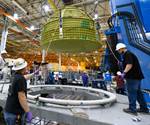Musings about heat shields
NASA’s Orion capsule employs an ablative material based on the same heat shield coating used for the Apollo missions.
While driving to SPE’s Automotive Composites Conference & Exhibition (ACCE) in Novi, MI, US, I stopped in Wapakoneta, OH to visit the Armstrong Air & Space Museum, as one does. During the drive I had been contemplating heat shield composition of various crew modules because just last week Lockheed Martin (Denver, CO, US) announced it had completed construction on the capsule structure for NASA's Orion Exploration Mission-2 (EM-2) spacecraft and shipped it to Kennedy Space Center in Florida for final assembly.
I knew I’d be traveling by the Armstrong Museum and wanted to stop because some of the technology used for the Apollo capsule was revisited for Orion – specifically Avcoat, an epoxy novolac resin with silica fibers in a fiberglass-phenolic honeycomb matrix. I was hoping there might be a capsule on display, but had to settle for a mockup. There was a Gemini crew module. Similarly, Gemini’s heat shield was made from a paste-like silicone elastomer material which was poured into a fiberglass honeycomb form.
While the Avcoat that is being applied to Orion is pretty much the same material that was applied to Apollo, the method of adhering the material to the craft itself for this mission has changed a bit. Traditionally a fiberglass honeycomb is bonded to the primary structure and the paste-like material is gunned into each cell individually. For the latest Orion capsule, Avcoat blocks are fabricated separately and then bonded to the heat shield base, which is constructed of a titanium truss covered with a carbon fiber composite substrate.
Still, it’s pretty cool to think that Orion has more in common with Apollo than just a similar look; and it’s amazing that a material developed decades ago is still in use today.
Related Content
-
From the CW Archives: Airbus A400M cargo door
The inaugural CW From the Archives revisits Sara Black’s 2007 story on out-of-autoclave infusion used to fabricate the massive composite upper cargo door for the Airbus A400M military airlifter.
-
TU Munich develops cuboidal conformable tanks using carbon fiber composites for increased hydrogen storage
Flat tank enabling standard platform for BEV and FCEV uses thermoplastic and thermoset composites, overwrapped skeleton design in pursuit of 25% more H2 storage.
-
Thermoset-thermoplastic joining, natural fibers enable sustainability-focused brake cover
Award-winning motorcycle brake disc cover showcases potential for KTM Technologies’ Conexus joining technology and flax fiber composites.
















